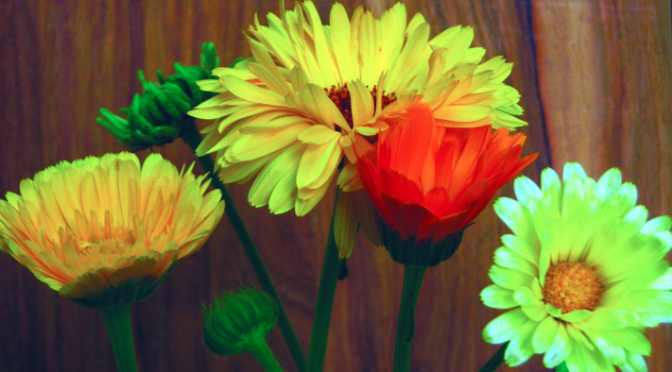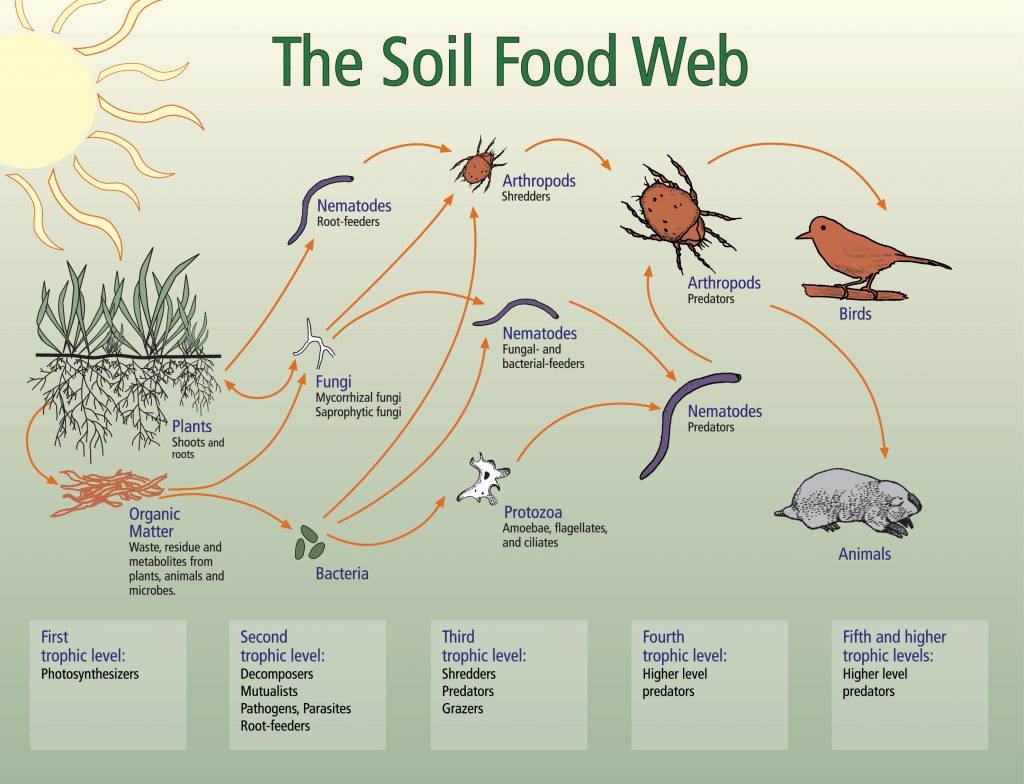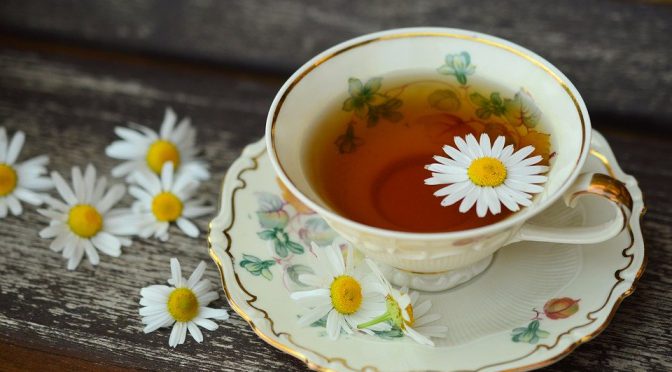Also known as pot marigold, calendula is one of those spectacular flowers that deserves a place in every backyard garden. It’s a truly multi-purpose plant and easy to grow. We carry two varieties Resina Calendula and Pacific Beauty Calendula.
- Calendula makes an awesome healing salve for minor skin problems.
To make salve you’ll need to begin by making infused oil. Start with dried calendula flowers, place them in a glass jar, and cover them with an oil of your choice like coconut or olive oil. Avoid fresh flowers as they can cause the oil to go rancid. Cover the jar with a lid and leave it on a sunny windowsill for 2 weeks, stirring occasionally. Alternatively, you can heat your oil and flowers in a double boiler to speed up the process but be careful not to fry the flowers! After they’ve infused, strain the oil and add it to a double boiler. Then, add grated beeswax and stir until its completely melted. How much beeswax you add will depend on how thick you want to make your salve. About 2 Tbs of beeswax to every 1/2 cup of oil will make a fairly firm salve. Pour into a container or tins and allow to cool and set up. - It’s edible!
Calendula’s other nickname is “poor man’s saffron” because its flowers can be used in place of the more expensive spice. It can be used fresh or dried. Add it to salads, stews, and soups. - It can be used as a natural dye.
Calendula flowers can be used to dye clothing, food, and Easter Eggs. It creates a beautiful brilliant yellow. To make dye, add fresh or dried calendula flowers to a pot and cover with water. Let soak overnight. Mash the flowers a bit and bring them to a boil. Simmer for 1 hour. Strain out the flowers and your dye is ready! To dye fabric or yarn you should mordent it before adding it to the dye. - Livestock can eat calendula too.
Feeding calendula to your chickens is thought to help brighten their egg yolks. - Calendula flowers are great for adding to relaxing herbal baths.
It has anti-inflammatory, anti-microbial, and anti-fungal properties. It’s wonderfully soothing for mosquito bites, dry skin, or rashes. - It’s an excellent cut flower.
Though it’s typically grown as a medicinal herb, calendula flowers are long-lasting and make a great addition to bouquets. - It might deter mosquitoes.
Some folks find that calendula makes good bug repellent. Grow it around your porch or patio. - Calendula is a great choice for herbal teas.
As I mentioned above it has anti-innflammatory, anti-microbial, and anti-fungal properties. It has been used to help soothe sore throats and coughs as well as treat headaches, cramps, and fever. - It’s a great companion plant.
Calendula should be planted with asparagus, tomatoes, and cucumbers. It’s believed to help repel harmful nematodes and asparagus beetles. - It attracts pollinators.
Calendula’s showy yellow blossoms are good for more than looking beautiful. The fall blooms help attract pollinators like bees and butterflies.
Do you grow calendula? What are your favorite things about this awesome herb?




